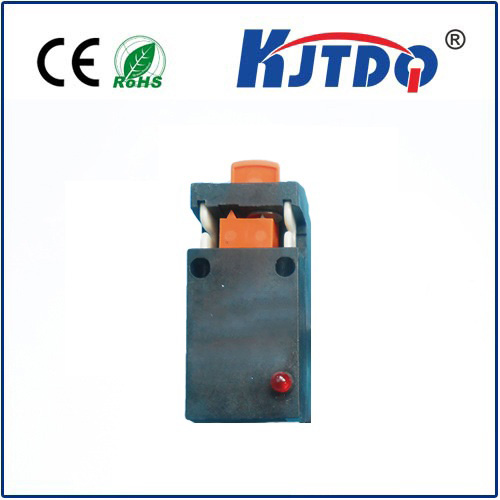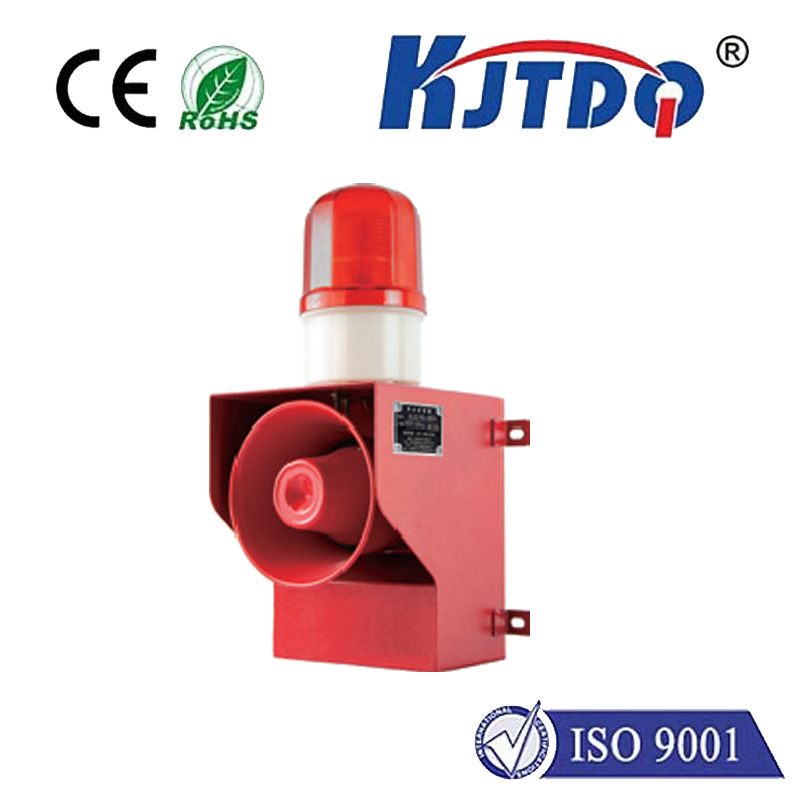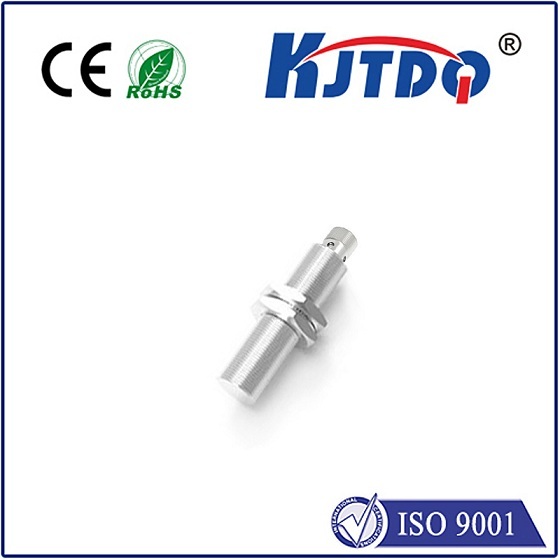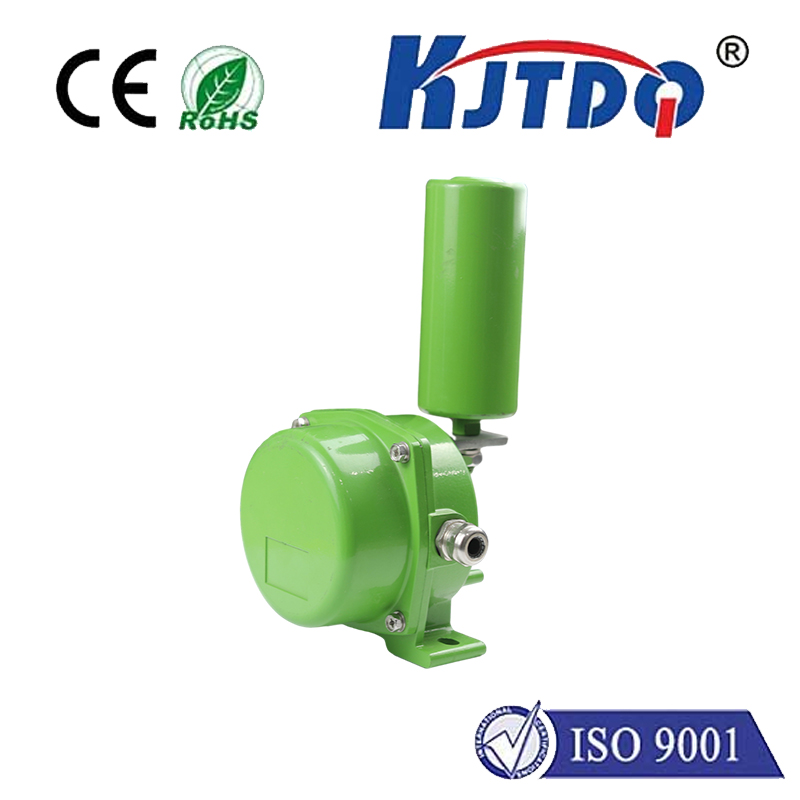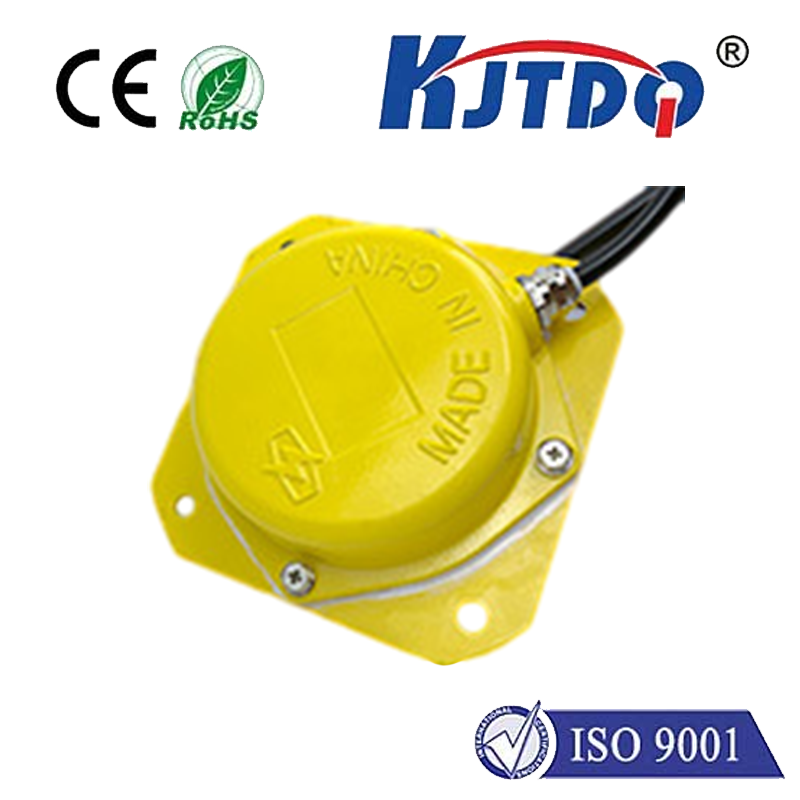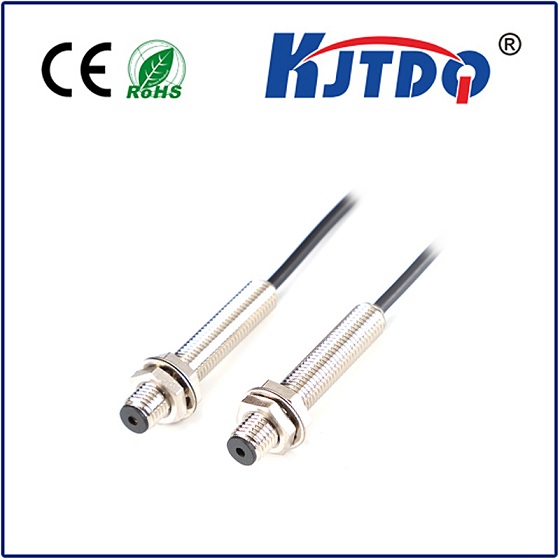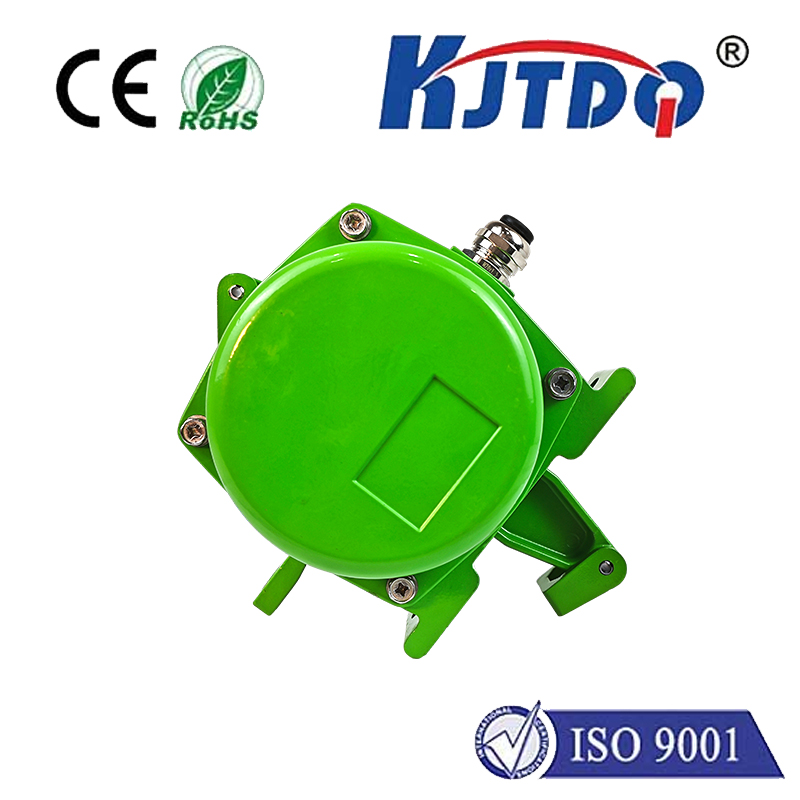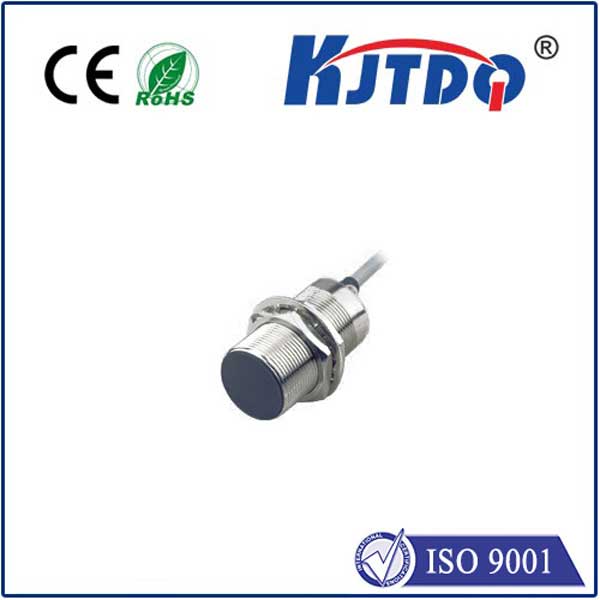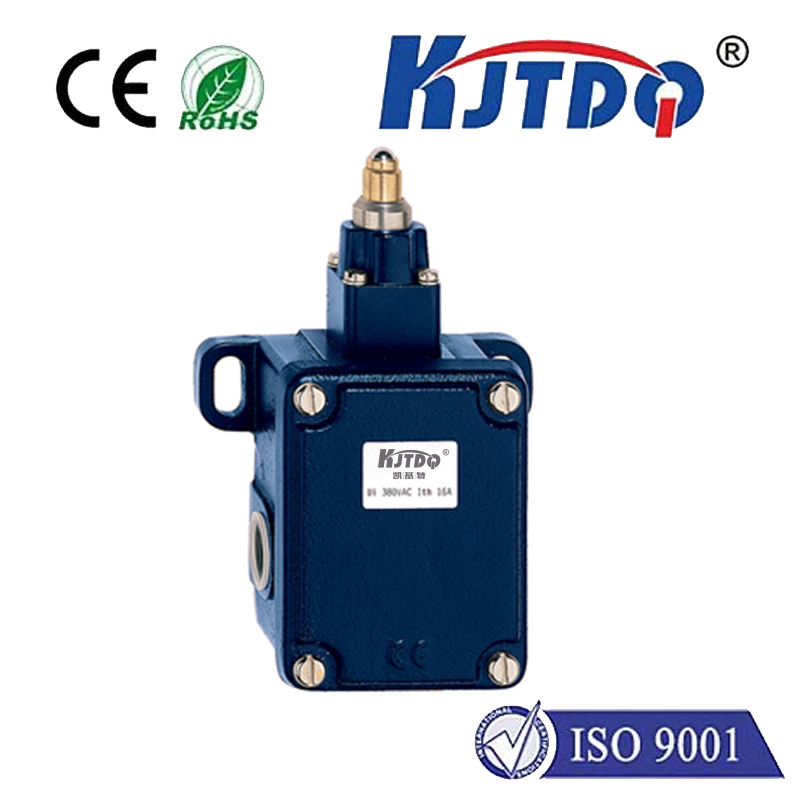
check

check

check

check

check

check

check
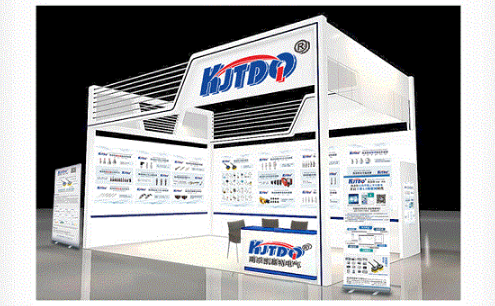
check

check

check
Title: The Revolutionary Power of Switch Photoelectric Technology
In the world of modern technology, innovations are constantly shaping our lives in ways we couldn't have imagined just a few decades ago. One such innovation that has taken the tech world by storm is "Switch Photoelectric" technology. This cutting-edge development is revolutionizing various industries and making processes more efficient, environmentally friendly, and cost-effective. In this article, we will explore the essence of switch photoelectric technology, its applications, and why it matters in today's fast-paced, technology-driven world.
The Concept Behind Switch Photoelectric Technology
At its core, switch photoelectric technology involves the conversion of light into electrical signals, which can then be interpreted and used to perform a variety of functions. This conversion process harnesses the power of photoelectric effects, where light energy is transformed into electrical energy through the interaction with a material capable of generating an electric current or voltage when exposed to light. By integrating advanced sensors and microelectronics, this technology allows for precise control and detection mechanisms based on changes in light intensity.

Applications Across Industries
Switch photoelectric technology finds its application across numerous sectors, offering solutions that are both practical and forward-thinking. For instance, in manufacturing, these switches are used in automated systems to detect object presence or absence, control conveyor belts, and ensure product quality by identifying defects as products move along the production line.
Security systems also heavily rely on photoelectric switches for perimeter intrusion detection. These switches can detect unauthorized entry attempts by sensing disturbances in light patterns, triggering alarms and alerts in real-time. Similarly, they are integral to automatic door systems, enabling doors to open or close in response to someone's approach or movement away from the entrance.
In the automotive industry, switch photoelectric technology plays a crucial role in improving vehicle safety and performance. It is used for headlight leveling, rain sensors, and even in anti-lock braking systems (ABS) to detect wheel speed and adjust brake pressure accordingly.
Furthermore, in the healthcare sector, this technology has been adapted for use in medical diagnostic equipment, contributing to non-invasive patient monitoring and treatment procedures. It's also utilized in rehabilitation devices to measure progress by tracking movement and light interactions.
Why Switch Photoelectric Technology Matters
The significance of switch photoelectric technology lies not only in its wide-ranging applications but also in the benefits it provides. Its precision, speed, and reliability make it a superior choice over traditional mechanical switches, reducing maintenance costs and downtime. The ability to convert a clean source of energy like light into electricity without generating noise pollution aligns with green initiatives and sustainability goals. Moreover, the scalability of this technology means it can be tailored for small-scale applications or expanded for industrial use, catering to diverse market needs.
Conclusion
As technological advancements continue to shape our future, switch photoelectric technology stands out as a beacon of innovation. Its adaptability, efficiency, and eco-friendly nature position it as a key player in propelling industries towards smarter, more sustainable operations. By leveraging the simple yet powerful principle of converting light into electricity, switch photoelectric technology is unlocking endless possibilities and setting the stage for a brighter, more connected tomorrow.
